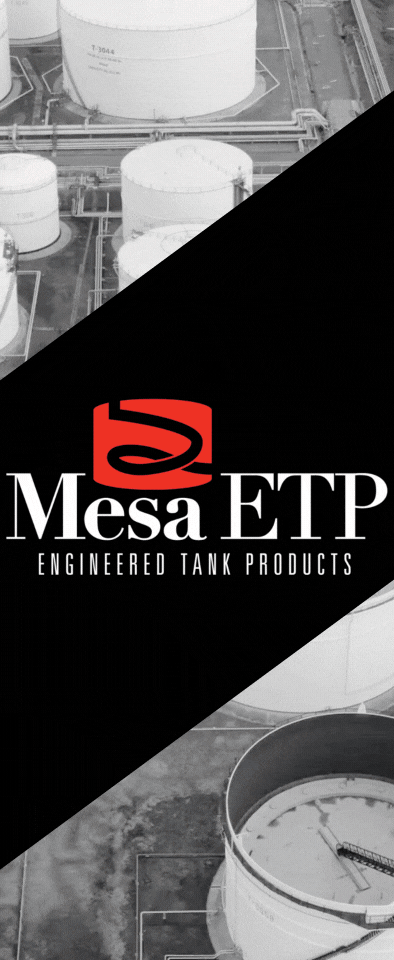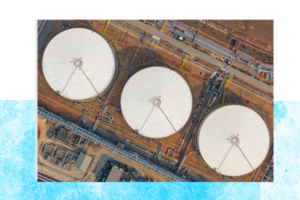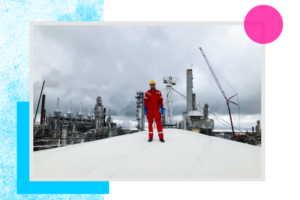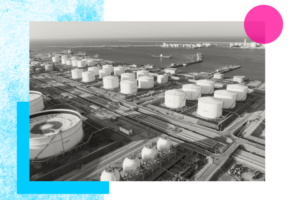Ion Agirre and Laura Barrio from the SherLOHCk project discuss the challenges of storing and transporting hydrogen Hydrogen is emerging as the preferred energy source in the battle against greenhouse gas emissions, with a notable emphasis on obtaining green hydrogen. Its integration with renewable sources is pivotal to smoothing out production fluctuations and facilitating energy transport. However, the challenge lies in storing and transporting hydrogen from renewable production sites to application points. The existing technologies for hydrogen storage primarily focuses on boosting its volumetric energy density, yet faces hurdles due to high pressures and low temperatures, slowing down the […]
This content is only available to members. Please login below, or purchase Tank Storage Magazine Subscription – Print & Digital Subscription or Tank Storage Magazine Subscription – Digital Subscription to access this content.
log in
log in


